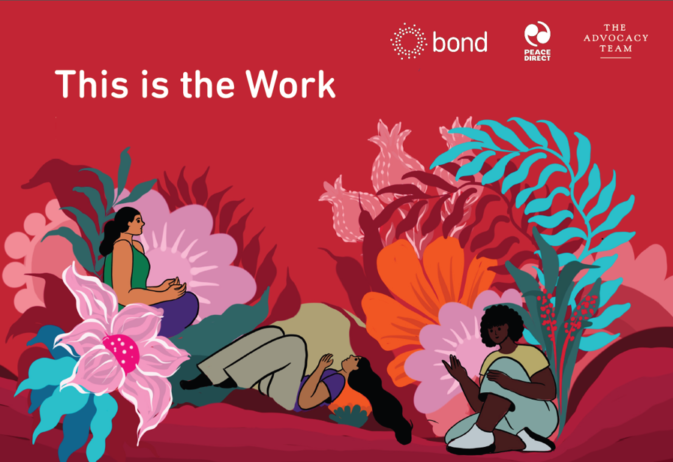Using virtual reality to tell real stories
Virtual Reality (VR), a revolutionary new film technique using cameras with 360-degree range, is conquering media industries across the globe.
International development agencies are also starting to realise VR’s potential for immersive storytelling.
To experience VR, viewers wear specialised headsets, comprising of a stereoscopic head-mounted display providing separate images for each eye, stereo sound, and head motion tracking sensors. This means that no matter in which direction they look or move their head, they are still immersed in the VR environment.
The “ultimate empathy machine”?
A notable early adapter of VR, the United Nations (UN) dubbed the technique “the ultimate empathy machine” and launched an agency to promote it. The UN is not exactly known for being innovative, but it was one of the first development organizations to invest in VR. In January 2015, the organisation started the United Nations Virtual Reality Series, a project implemented by the UN’s SDG Action Campaign “to bring the world’s most pressing challenges home to decision makers and global citizens around the world, pushing the bounds of empathy.”
This has so far led to a handful of VR films. In the first one, Clouds over Sidra, we follow the daily life of the 12-year old Syrian refugee Sidra, as she navigates her new home, the huge Jordanian Zaatri refugee camp. Sidra gives a face, as vulnerable as it is vibrant, to the usually nameless mass of Syrian refugees, thereby creating empathy with their plight.
The 8-minute film premiered at the World Economic Forum in Davos and then screened at the Sundance and South by Southwest festivals, and at TEDx in Vancouver. Its director, Chris Milk, known for directing video clips for bands like U2 and Arcade Fire, went on to found the VR film company (or “experience studio” as the website states) Here Be Dragons.
Subscribe to our newsletter
Our weekly email newsletter, Network News, is an indispensable weekly digest of the latest updates on funding, jobs, resources, news and learning opportunities in the international development sector.
Get Network NewsSubsequent VR films under the UN banner went on to portray the West African Ebola crisis, life in the Gaza strip and the Nepal earthquake. Charities and international NGOs have also started using the technique, including Amnesty International, Greenpeace, Samaritans and the National Autistic Society.
Walking in her shoes
In Amsterdam, MAKMENDE Media has recently launched its latest VR project: three films putting viewers in the shoes of women that take part in the Walk in her Shoes campaign of Dutch NGO CARE, which provides entrepreneurial skills to women in difficult circumstances. One of the films, for example, portrays the daily life of Jordanian single mother Israa who has managed to start the Wise Women’s Plumbing Cooperation, her country’s first plumbing enterprise ran entirely by women.
The films are launched at the Virtual Reality Cinema, the world’s first cinema entirely dedicated to VR. Watching the films through a VR headset is an overwhelming experience. I literally feel like I’m standing in the bathroom where Israa and a colleague repair a sink, and on the field with Salimah, who doesn’t know her age, as she harvests the vegetables of the small agricultural enterprise she has set up.
“VR offers unparalleled possibilities to let audiences experience the life stories of people far away”, says CARE director Reintje van Haeringen. Ivan Mikuliƒá, strategist at MAKMENDE Media, adds: “VR is a great communication tool for development organisations because it brings their projects, which are mostly in far-flung places, close to their donors and other stakeholders in the West. It really gives a voice to the voiceless. And giving people a voice means empowering them.”
Category
News & ViewsThemes
Futures and innovation



